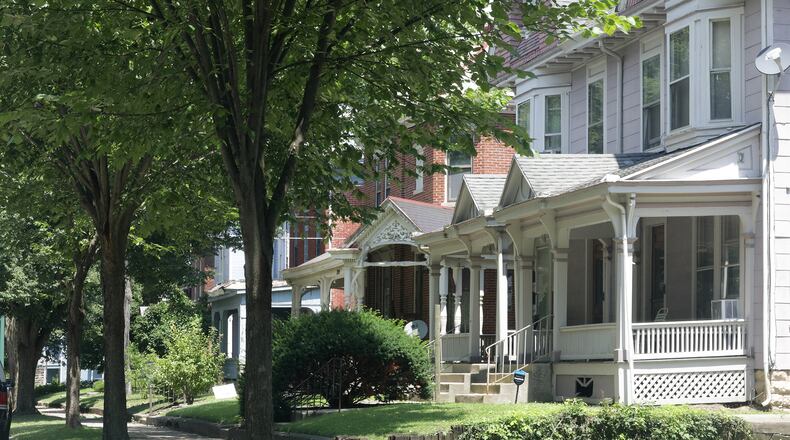That includes addressing rising housing costs and limited affordable housing options in the city, something that has grown worse due to the economic impacts of the coronavirus pandemic.
“Affordable and accessible housing, a very essential human need, cannot diminish in our community,” said Shannon Meadows, the community development director for Springfield. “This plan is a guide for addressing that need. The COVID-19 pandemic has made it even more crucial that we act on this plan to meet the needs of the community by building a solid foundation.”
The strategic plan was released by the Greater Ohio Policy Center and commissioned by the city of Springfield. It cost $50,000 to complete and looks at what can be done between this year and 2025.
The GOPC has outlined a four-pronged plan that seeks to protect vulnerable residents; enhance existing housing stock; produce additional affordable housing; and reduce barriers to housing development and renovation, according to a news release from the city of Springfield.
That includes ensuring code enforcement, making sure housing stock is held to a basic level of habitability and working with partners to offer tools that help landlords and homeowners bring properties to code.
Other suggestions include the continuing prioritization of a “housing for all” mentality across departments within city government and serving as strong partners to private, nonprofit, and philanthropic entities.
The plan noted that progress has been made as the city has seen new housing development in the downtown and the east as well as worked with nonprofit and other private and governmental bodies to address blighted properties and the revitalization of certain neighborhoods.
A large portion of existing housing stock in the city is decades old and housing cost burden is experienced by 41% of Springfield renters and 16% of homeowners in the area.
“When we use the word affordable housing, we really mean affordable housing for everyone. We recognize that affordability changes with your household income,” Meadows added, noting the study that the plan is based on looked at many different income levels.
“What we mean is housing that is affordable to everyone who wants housing in the city,” said Alison Goebel, the executive director of the GOPC. She noted that the city is in a position of strength due to efforts taken in recent years.
The plan comes as the city and its community partners have made housing a priority in recent years. The plan follows a 68-page analysis of the city’s housing market that was released in 2019 and also done by the Greater Ohio Policy Center. That analysis took nine months to complete, and cost the city and 20 other organizations $50,000.
The analysis made several major recommendations such as supporting ongoing efforts to revitalize downtown Springfield, supporting development projects, protecting housing investments, rehabbing existing housing stock and playing into Springfield’s assets as well as supporting efforts that lower financial risk to potential developers.
“The initial 2019 Comprehensive Housing Market Analysis gave us a picture of the community and its housing stock. The housing plan takes that a step further to say what neighborhoods should we be investing in to create equity across the community,” Meadows said, noting that some neighborhoods may see more investment than others as some have actually seen disinvestment over the years.
About the Author

